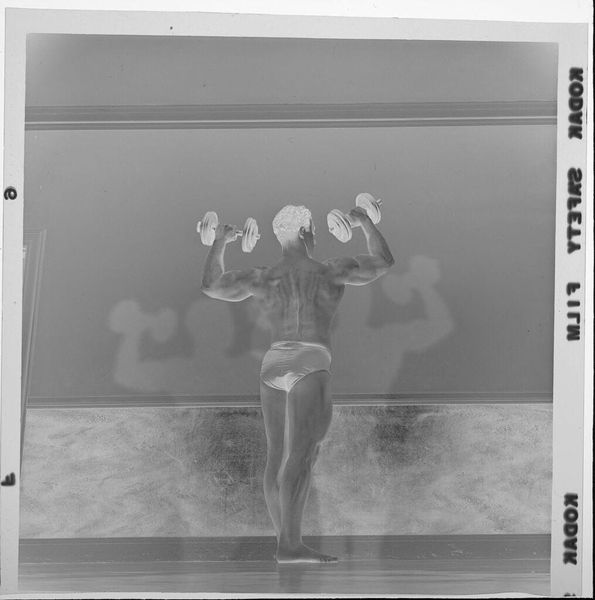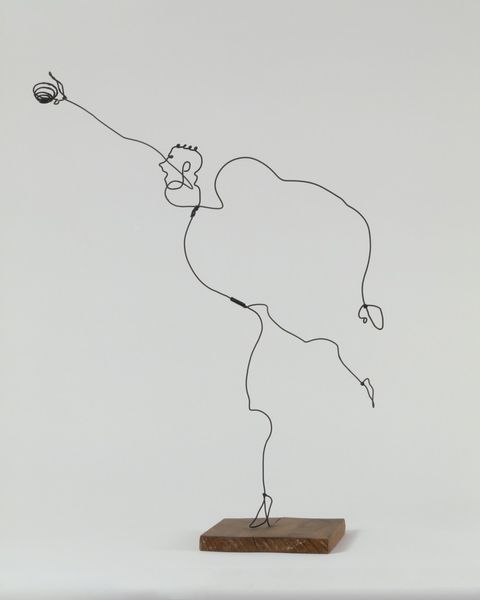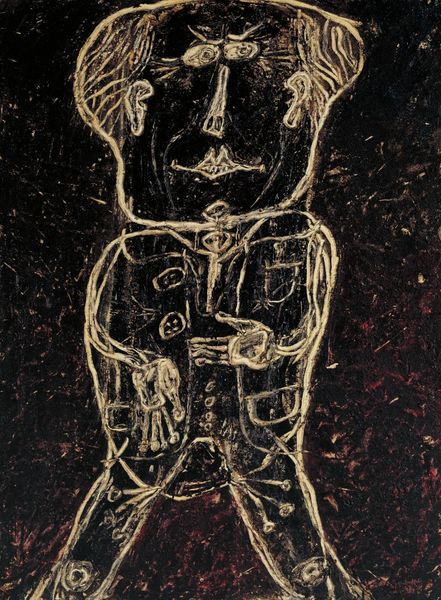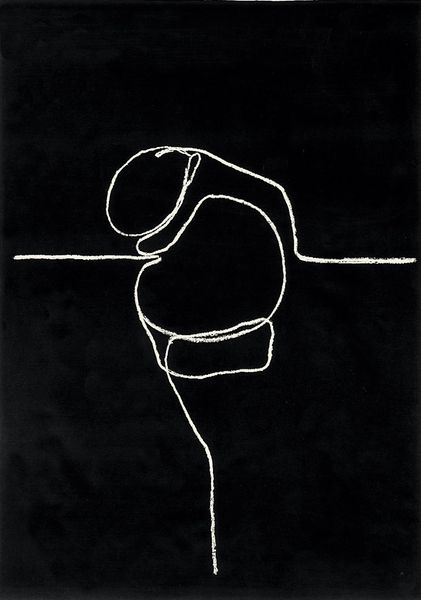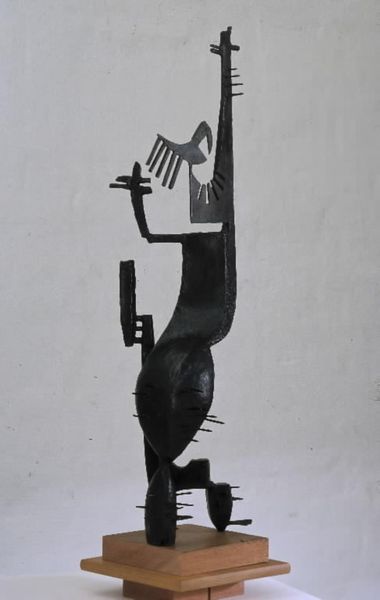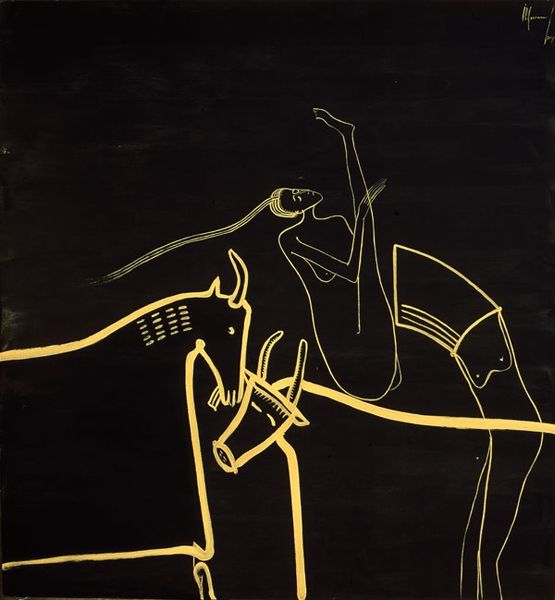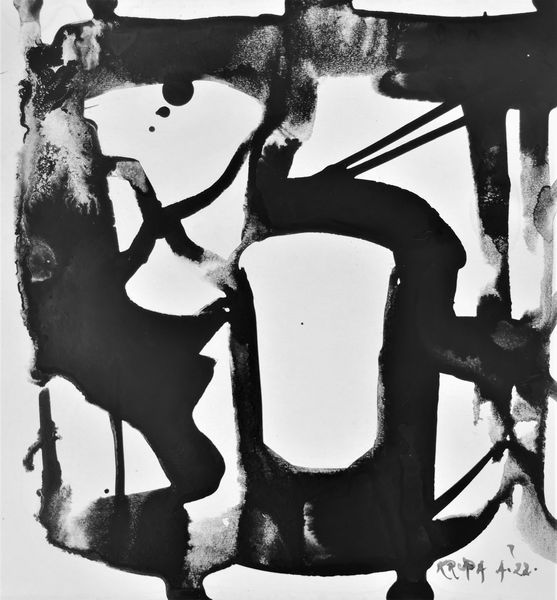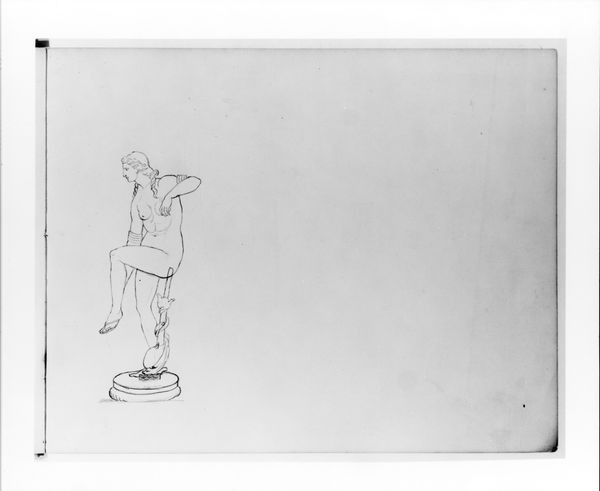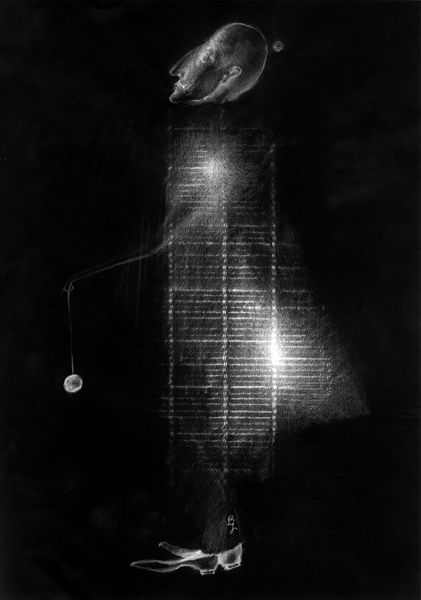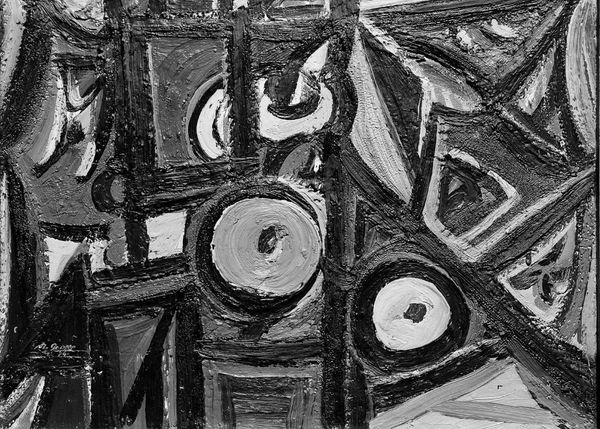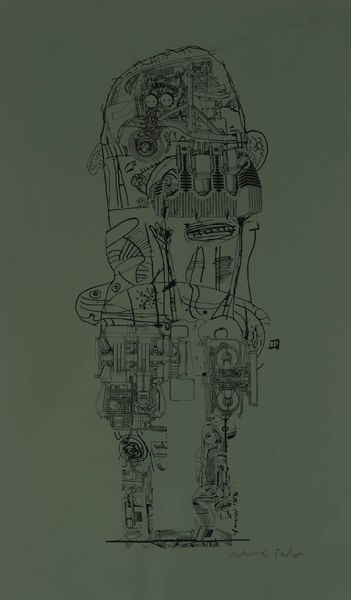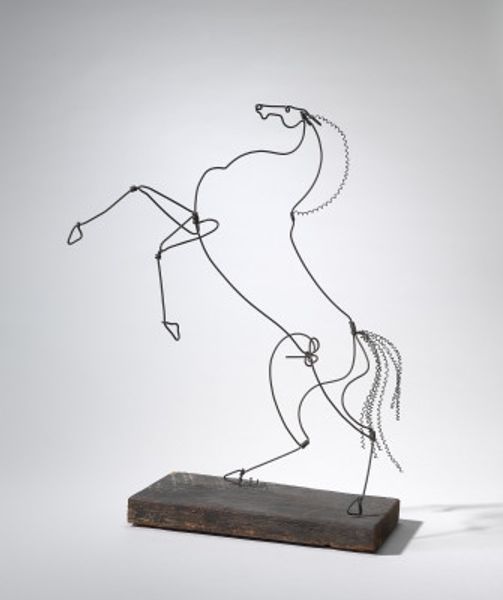
bronze, sculpture
#
portrait
#
sculpture
#
bronze
#
figuration
#
sculpture
#
abstraction
#
line
#
modernism
Copyright: Alexander Calder,Fair Use
Curator: This is Alexander Calder's "Josephine Baker I," created in 1926. Calder is known for his innovative mobiles, but this sculpture provides insight into his early exploration of form. Editor: My initial thought is about the remarkable lightness. It's bronze, a weighty material, yet it achieves such a sense of airiness, almost like a figure drawn in space. How does Calder manage to create that illusion? Curator: The choice of line is essential. Calder used wire to delineate Baker's figure, prioritizing essence over mass. This reduction aligns with modernist ideas of portraying the spirit rather than a literal representation. I see in this a response to the Harlem Renaissance and a desire to celebrate Black artistry through a contemporary lens. Editor: Absolutely, the technique underscores the artistic labor involved. Bending and shaping wire requires specific skills, grounding the artistic vision in the physical act of making. Also, Josephine Baker was a truly important figure whose own self-fashioning complicated a lot of social and political assumptions. The open-ness of the wire lends itself to further readings as not "closing in" a fixed identity. Curator: Precisely. Her very persona was crafted to deconstruct rigid binaries. Baker, an American performer who achieved phenomenal success in France, challenged the racist confines of her native country and also conventional gender and sexuality expectations. I also note her outstretched hands; the image projects energy. It recalls the exuberant freedom she projected in her performances. Calder's work acknowledges her bold spirit. Editor: It is captivating how industrial materials transform into an ethereal representation of performance and identity. I wonder what specific fabrication processes enabled the sculpture to take on this shape and to embody movement. Curator: Thinking about Baker, a queer Black woman defying norms and finding liberation on a global stage, allows us to appreciate Calder’s abstraction as a way of acknowledging complexities rather than creating closure. I keep seeing echoes of modern dance in the sculpture's stance. Editor: Thank you. Looking at it from this perspective brings another level of understanding to it. Curator: And for me too!
Comments
No comments
Be the first to comment and join the conversation on the ultimate creative platform.
